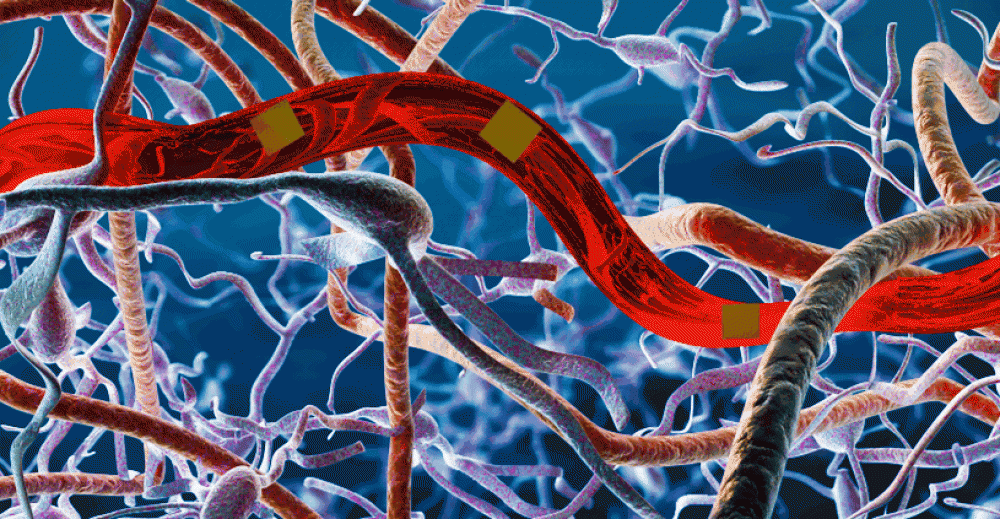Grid cells, traveling waves, and memory: Evidence from direct human brain recordings
Josh Jacobs, Columbia University, Department of Biomedical Engineering
February 8th, Seay 4.244
In this talk, Dr. Jacobs will discuss his lab’s research using multi-scale, invasive brain recording and stimulation from neurosurgical patients to understand the neural basis of spatial navigation and episodic memory. A key goal of his work is to use this unique dataset to extend our understanding—which is mostly derived from animal research at the present—of the neural basis of human cognition. This is done by showing that human brain signals exhibit unique patterns compared to those found in animals. First, Dr. Jacobs will describe recordings of single-neuron activity during spatial memory tasks. Here, the activity of individual neurons represents a variety of task-related information. In particular, there is evidence of human place and grid cells, which represent information about a subject’s spatial location in the virtual environment they are navigating. Second, Dr. Jacobs will describe large-scale neuronal recordings of task-related brain activity oscillating at theta and other frequencies. Here it is shown that these field potential oscillations in the human brain behave as traveling waves, propagating spatially across the cortex, which suggests that oscillations play a broad role in organizing neuronal activity in the brain. Finally, Dr. Jacobs will discuss the translational work he has done with deep brain stimulation. In his research, he has found that deep brain stimulation in the hippocampus and entorhinal cortex disrupted human memory, in stark contrast to earlier work showing enhancement.
